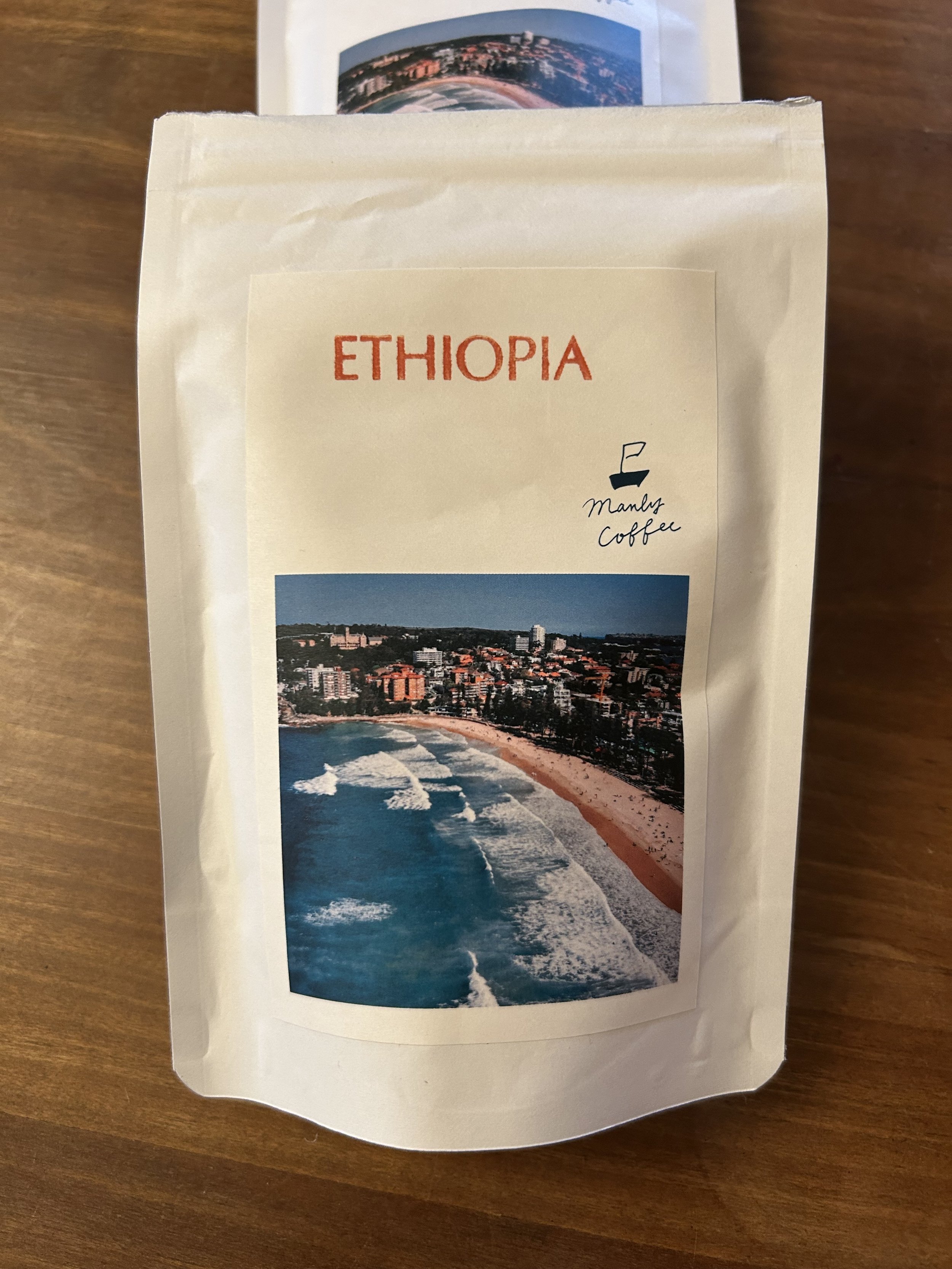So, I'm not imagining it — there is a real difference, and what I'm experiencing is backed by both geography and processing methods.
Why Yemeni and Ethiopian Coffee Beans Taste Milder and More Full-Bodied:
1. Heirloom Varieties
Ethiopia is considered the birthplace of coffee. It has thousands of wild and semi-wild heirloom varietals, many of which are unique in flavor. These beans tend to be floral, fruity, and smooth — not overly acidic or bitter.
Yemen also uses ancient, traditional coffee varietals descended from Ethiopian stock (not modern hybrids), which produce complex, rich flavors with spice and chocolate notes.
2. Natural (Dry) Processing
Both countries often use natural (dry) processing, where the whole coffee cherry is dried with the fruit intact before the beans are removed. This method:
Enhances body
Adds sweetness and fruitiness
Reduces sour acidity compared to washed (wet-processed) beans
3. Altitude and Terroir
High elevations (often 1,800–2,200 meters above sea level) mean slower bean development, which concentrates sugars and flavors.
The volcanic soil and microclimates contribute to richness and balance.
4. Minimalist, Traditional Farming
Unlike some other regions that favor high-yield hybrid plants grown on large commercial estates, Yemen and Ethiopia often rely on smallholder farms with minimal chemical input, preserving more traditional flavor profiles.
Comparison with Other Regions
Central American beans (e.g., Guatemala, Costa Rica) can be bright and acidic, often citrusy.
South American beans (e.g., Colombia, Brazil) tend to be nutty, chocolatey, and a bit more bitter.
Southeast Asian beans (e.g., Vietnam, Sumatra) often carry earthy, spicy, even mushroom-like notes, with heavier bitterness.
So yes — Yemeni and Ethiopian beans really do stand out for their mildness, complexity, and full-bodied sweetness with less bitterness or sourness. You're tuned in to a genuine distinction.
(Forgive me for becoming a coffee snob--in addition to all my other snobbery.)



